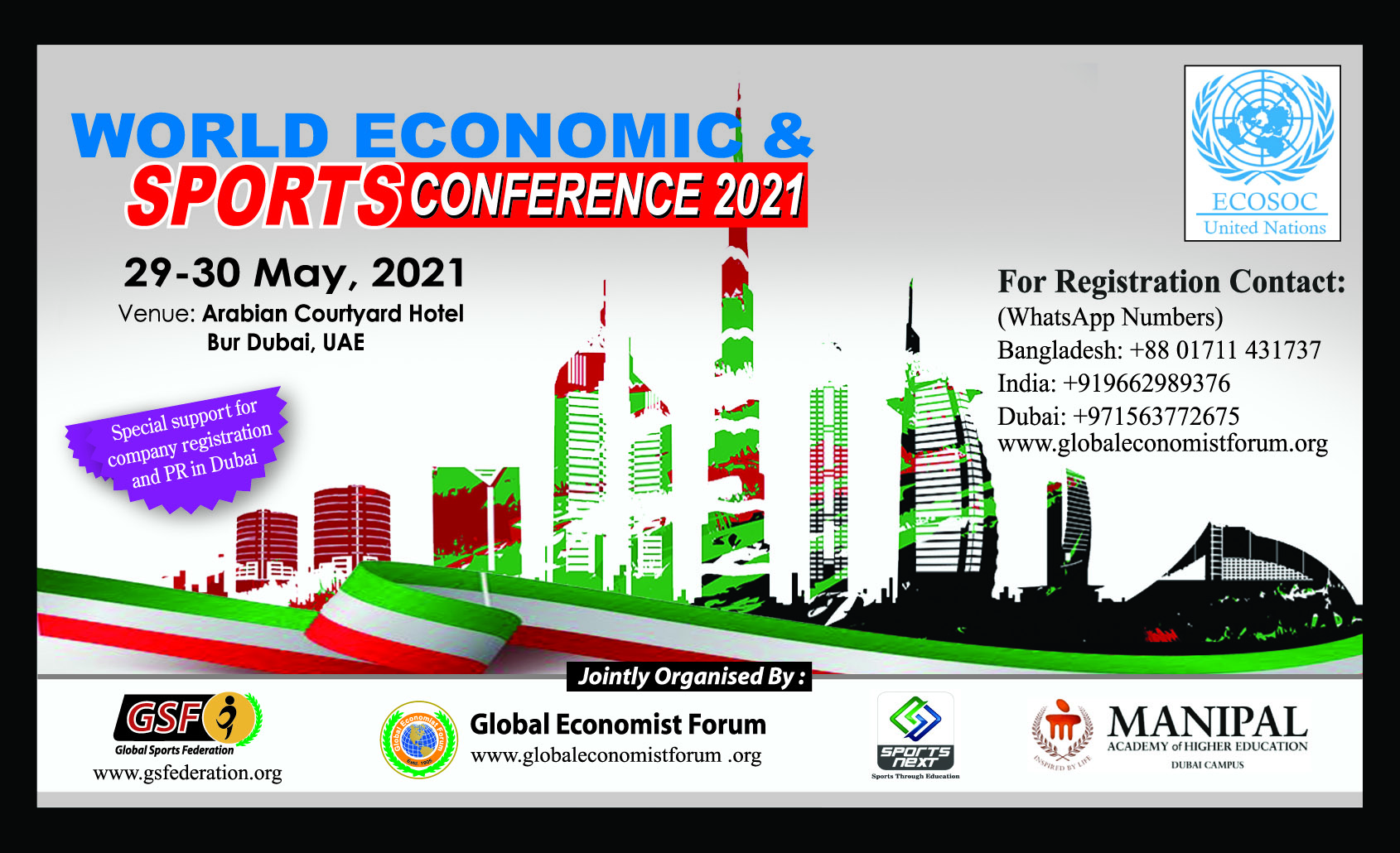‘3-zero’ policy for
a developed world
Poverty reduction:
The Global Economist Forum (GEF) recommends implementation of ‘3-zero’ agenda in the world for becoming sustainable developed global village by the year 2030. The governments of all member nations should plan budgets targeting to make 0% poverty, 0% unemployment and 0% carbon emission. The GEF board approved the recommendations recently.
The GEF research found that the world has made remarkable progress in reducing poverty, supported by sustained economic growth. Based on the international poverty line of $1.90 per person per day, 58,89,34061 or 8 percent of the total population of the world are living in extreme poverty. In parallel, life expectancy, literacy rates and per capita food production have increased significantly in the recent days. Progress was underpinned by 4 percent plus growth over the decade and reaching US$ 87,265,226,000,000or 2.9 percent in 2019-20, according to GEF estimates. Sustained economic growth has increased the demand for energy and transport, and spurred urbanization. Insufficient planning and investment have resulted in increasingly severe infrastructure bottlenecks.
To achieve growth aspiration of becoming an upper-middle income country by the Asian and African under developed nations in 2020, the countries need urgently to implement structural reforms, expand investments in human capital, increase female labor force participation, and raise productivity through increased global value chain integration. Improving infrastructure as well as the business climate would allow new productive sectors to develop and generate jobs.
Employment generation:
The global unemployment rate increased to 7.7% in Dec 2019, from the previously reported number of 7.5% in Dec 2018. Unemployment rate is updated yearly, available from Dec 1991 to Dec 2018, with an average rate of 7.5%. The data reached an all-time high in Dec 2009 and a record low of 6.5% in Dec 2015. The data is reported by the Global Economist Forum.
The unemployment rate is defined as the number of unemployed people as percent of the labor force. The labor force includes the people who are either employed or unemployed, i.e. who don’t have a job but are actively looking for one. The labor force does not include people who are not looking for work, children, and the retired.
The unemployment rate seldom declines below 1.2 percent even during boom times.
There are always people who move between different sectors of the economy or
between cities. When the economy goes into recession, then unemployment can
reach much higher numbers, sometimes even in the double digits.
Unemployment refers to the share of the labor force that is without work but available for and seeking employment.
The GEF recommends a pro-employment budget of member nations which will help to create more employments for both the educated and uneducated youths. The employment rate could be increased by strengthening private sector credit growth, lowering borrowings by the government.
Carbon emission:
The world per-capita carbon emission is around 4.981 metric tons annually (MtCO2e), with the agriculture industry contributing nearly 40 percent to overall emissions. The global carbon emissions increased 59 percent from 1990 to 2019, with an annual average rate of change of 1.2 percent.
The Global Economist Forum identifies improving transportation sector energy consumption as a priority since its share of emissions is growing faster than any other sector; although the agriculture industry is the leading emitter of greenhouse gases primarily due to rice production, enteric fermentation, manure and poultry litter management.
The air quality in many cities, according to a WHO survey of 2019, is the worst of any major city in the world. Air pollution is estimated to kill about 4.3 million people every year. India has the world’s highest death rate from chronic respiratory diseases and asthma, according to the WHO. In Delhi, poor quality air irreversibly damages the lungs of 4.2 million or 50 percent of all children.
In the year 2019, ambient air pollution was responsible for 4.2 million deaths. Worldwide, ambient air pollution is estimated to cause about 16% of the lung cancer deaths, 25% of chronic obstructive pulmonary disease (COPD) deaths, about 17% of ischaemic heart disease and stroke, and about 26% of respiratory infection deaths.
Particulate matter pollution is an environmental health problem that affects people worldwide, but low- and middle-income countries disproportionately experience this burden.
The GEF recommends not increasing use of fossil fuel in power plants, rather putting emphasis on solar and air resources for power generation. The budget should formulate guidelines for reducing Carbone emission development programs.
The world aims to develop from a low income economy to the first stages of a sustainable economy by 2030. However, emissions relative to GDP remain well over double the world average and there remains great potential to further reduce carbon intensity. Climate change mitigation targets and plans are outlined in the factsheet.







